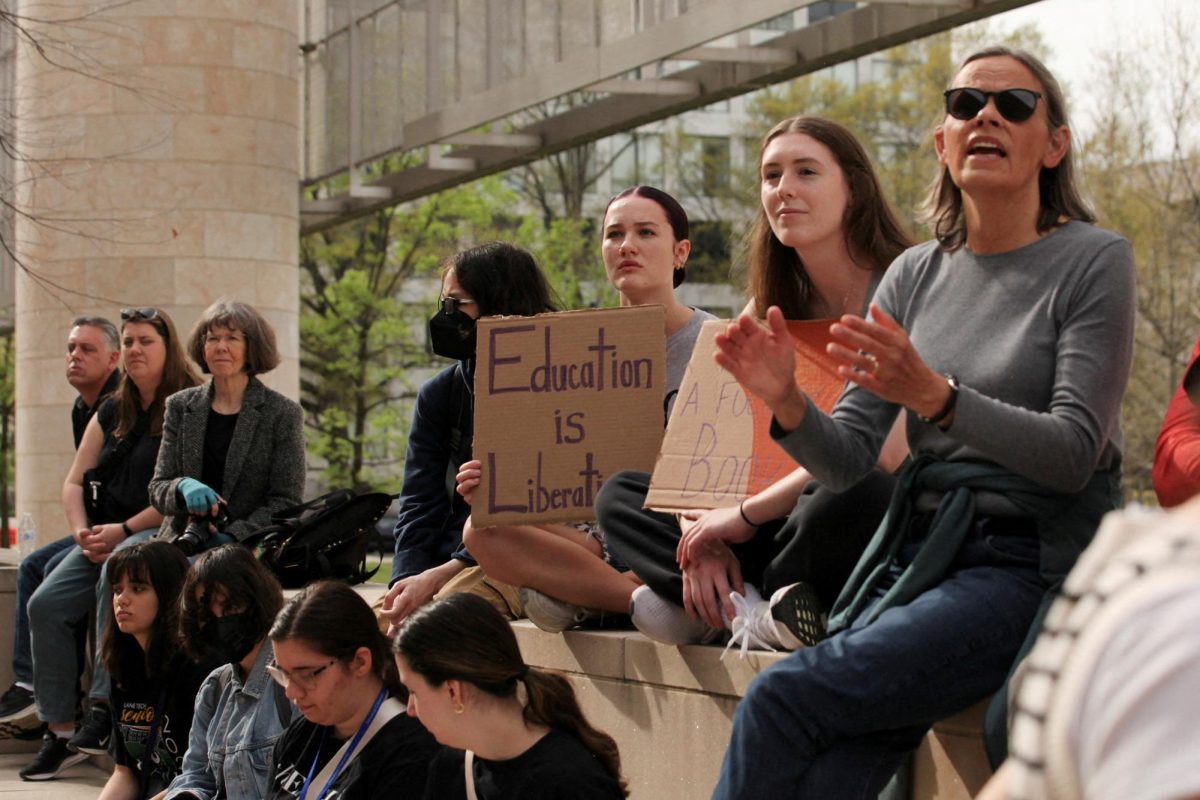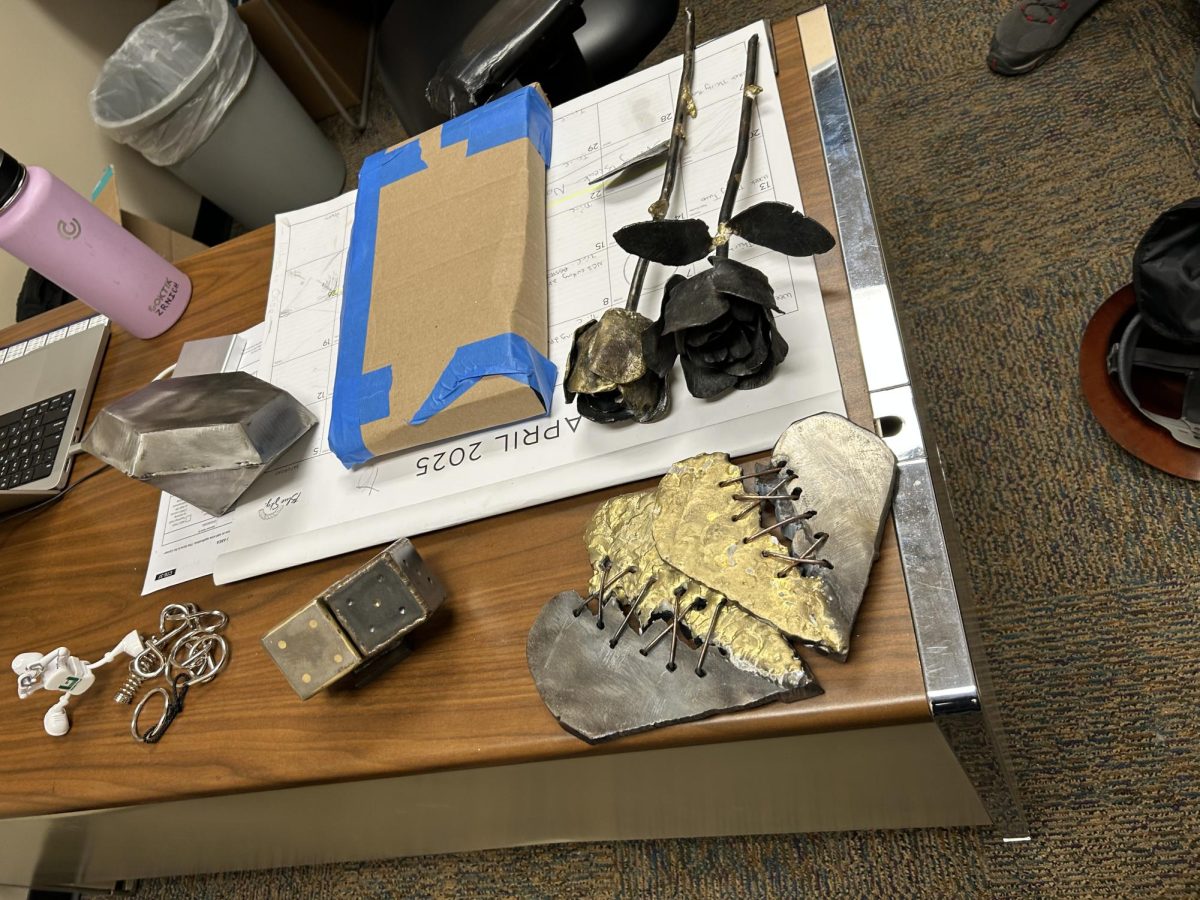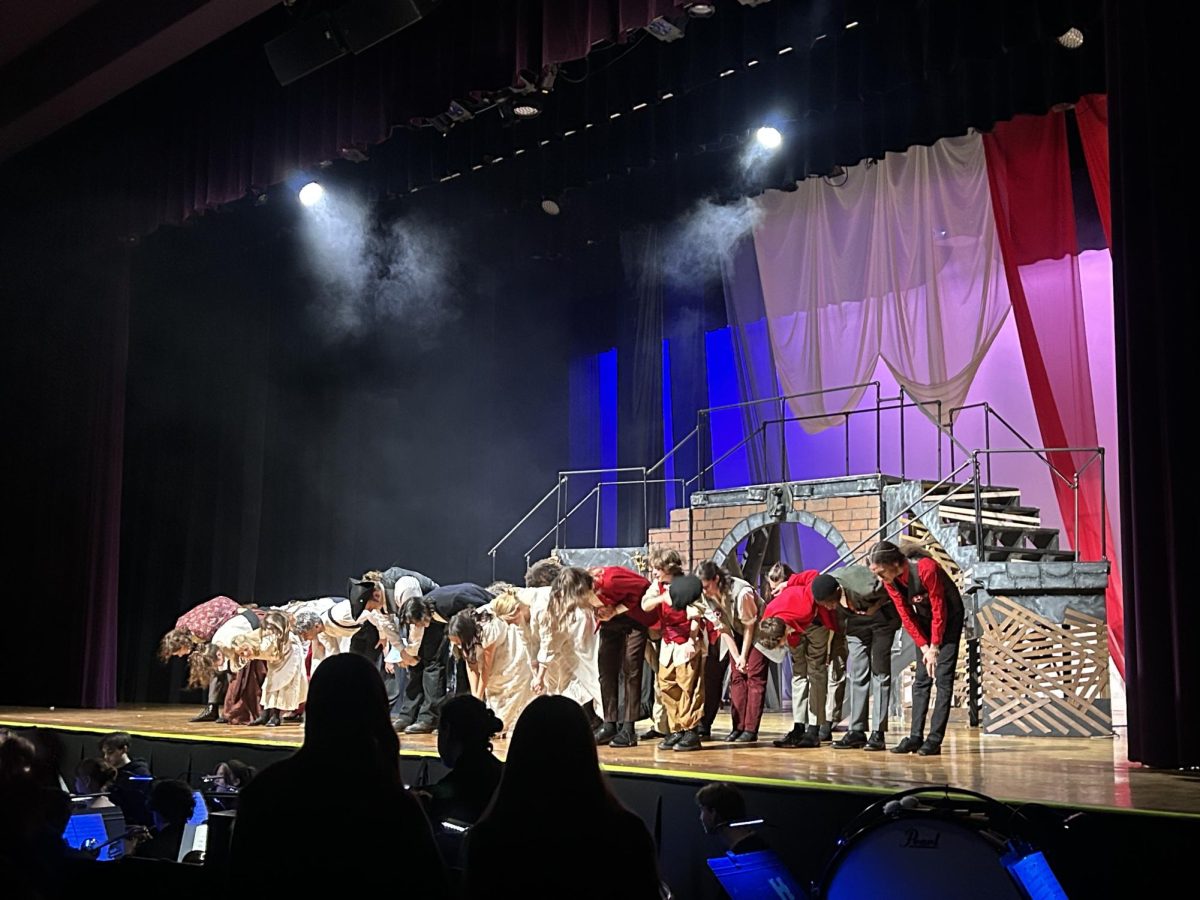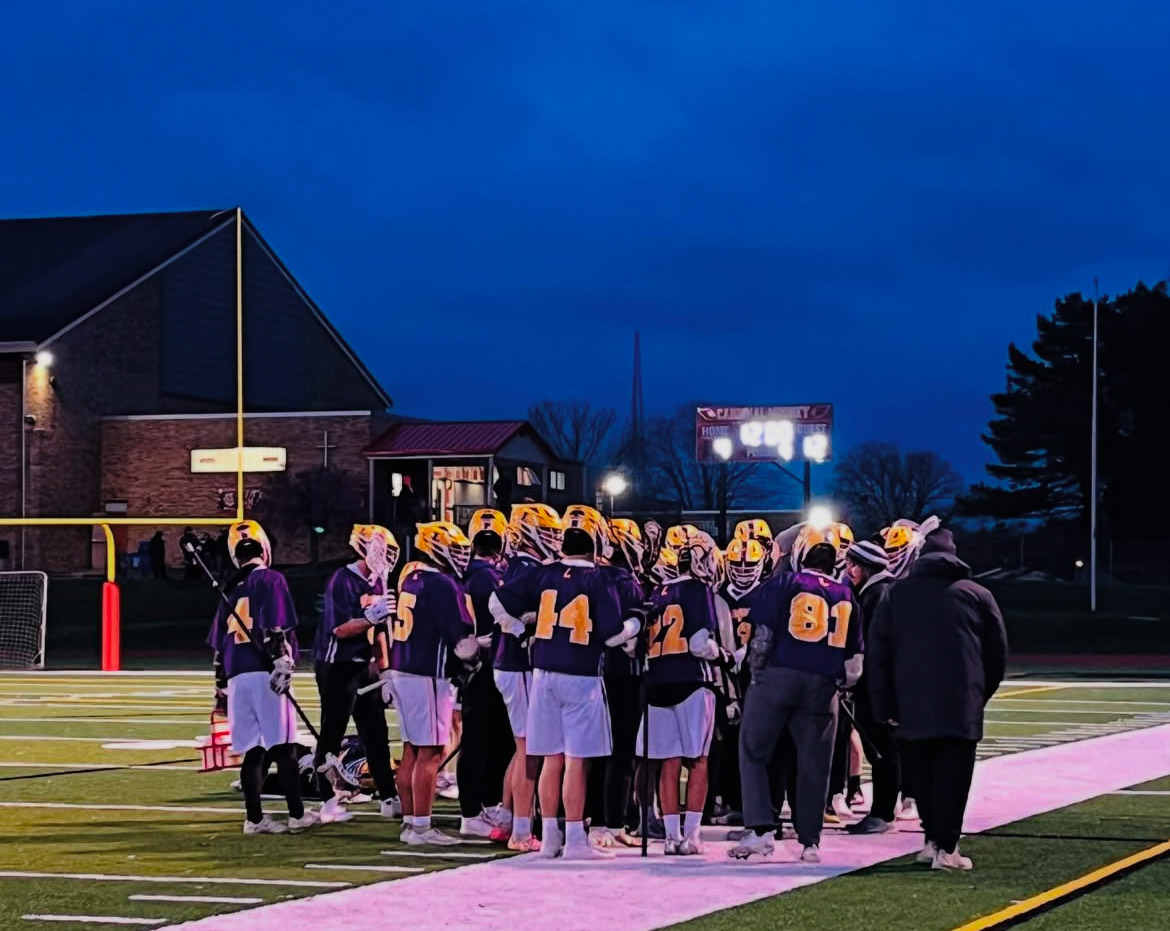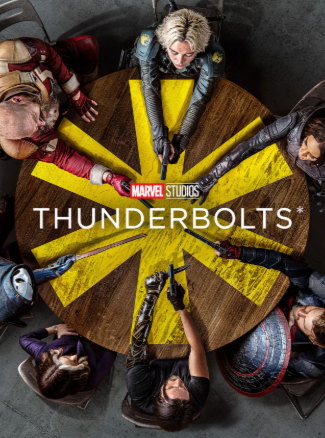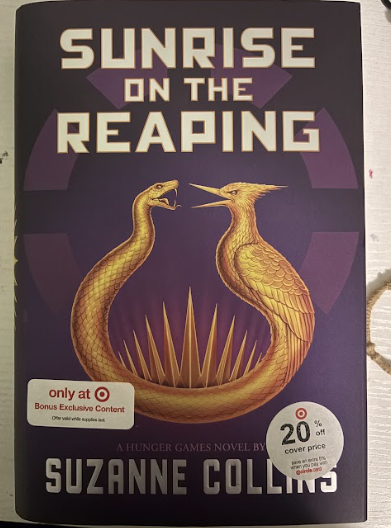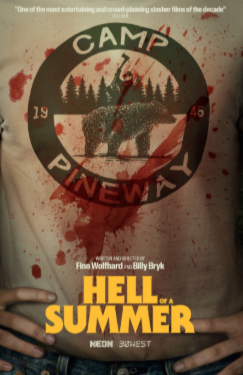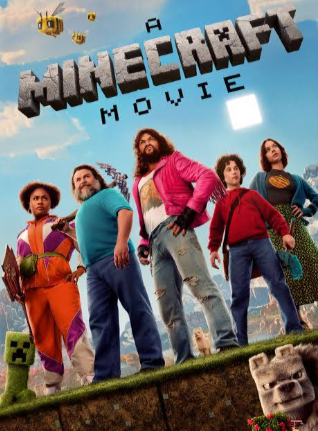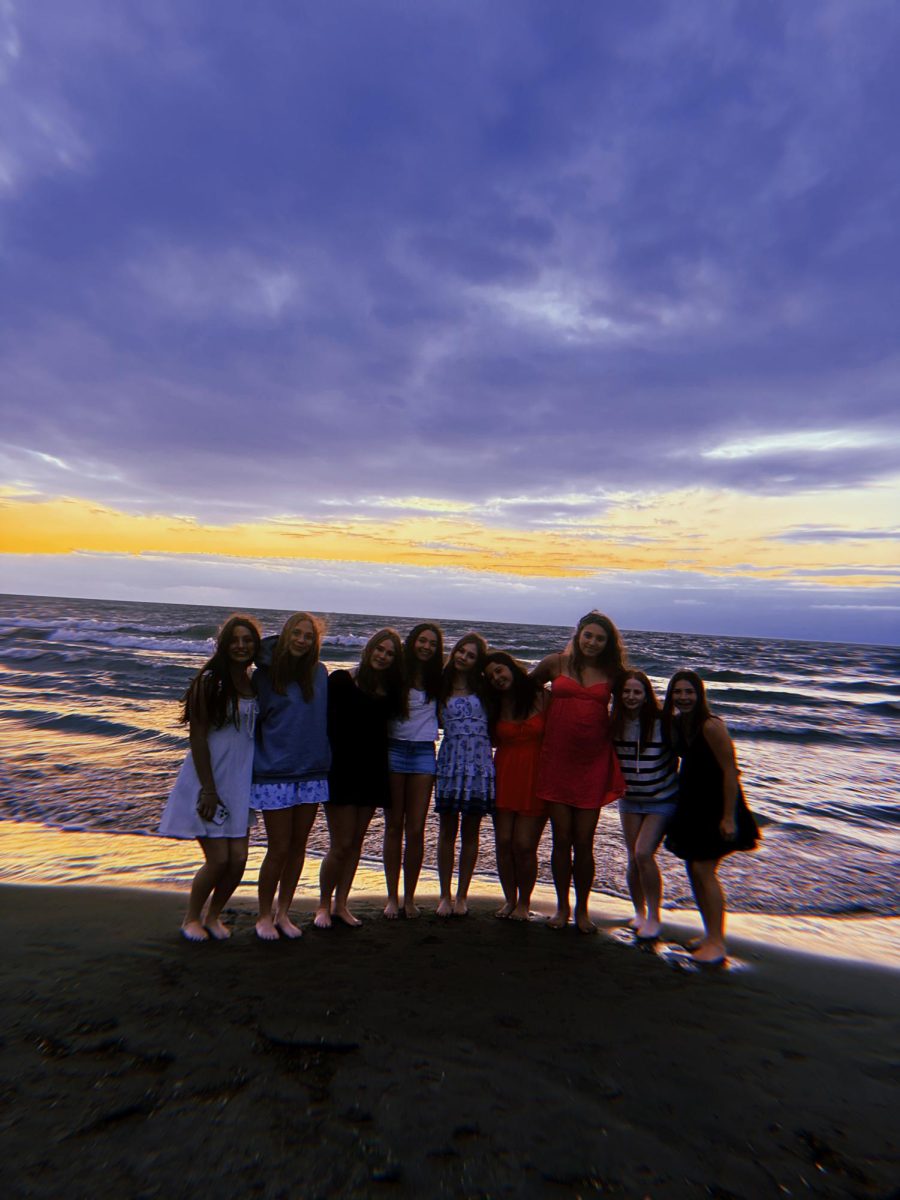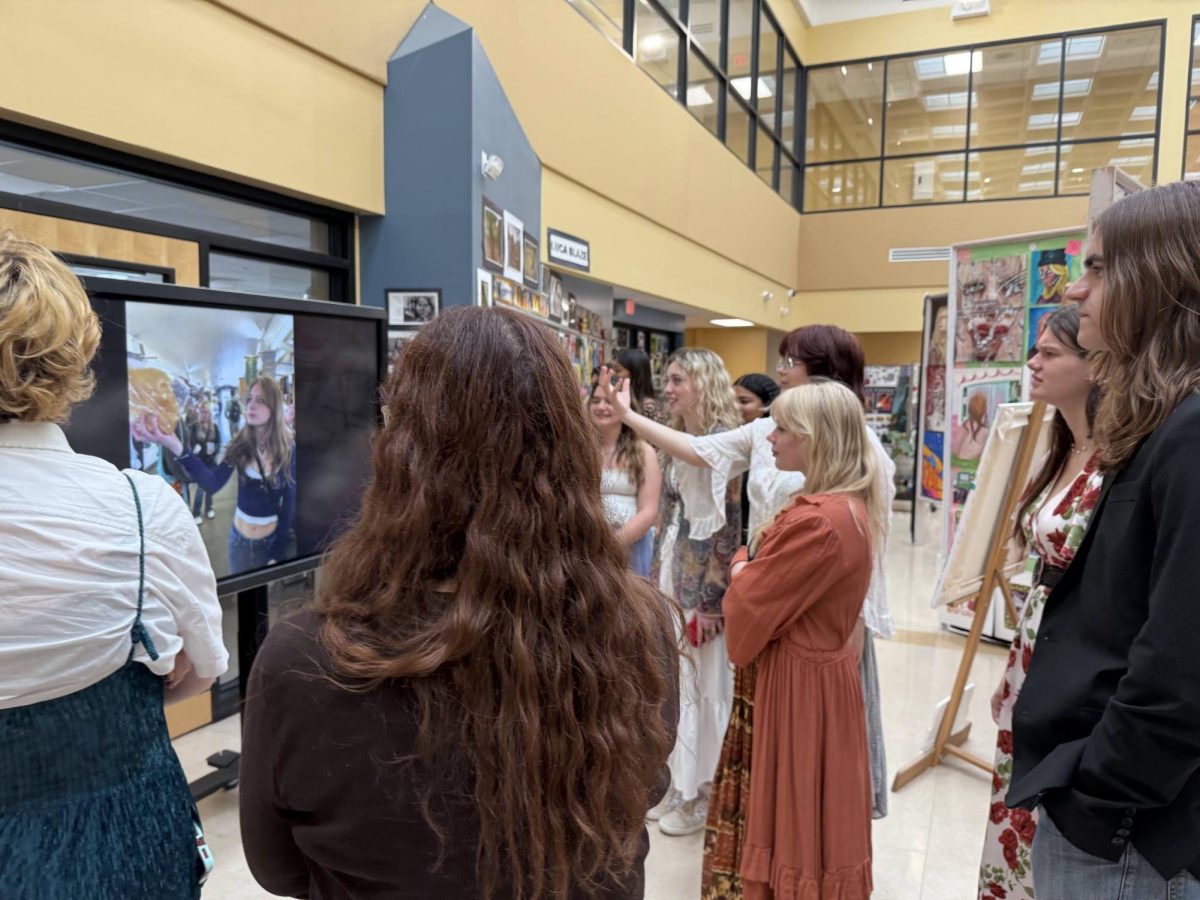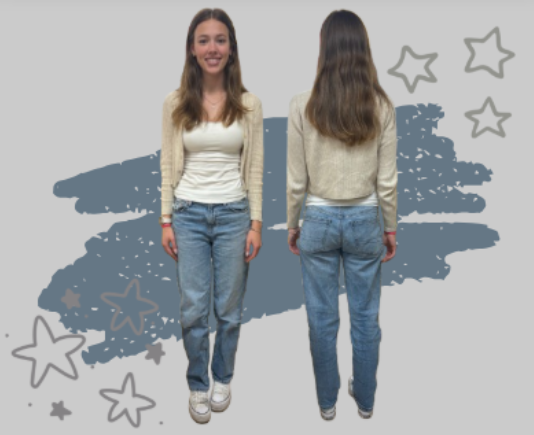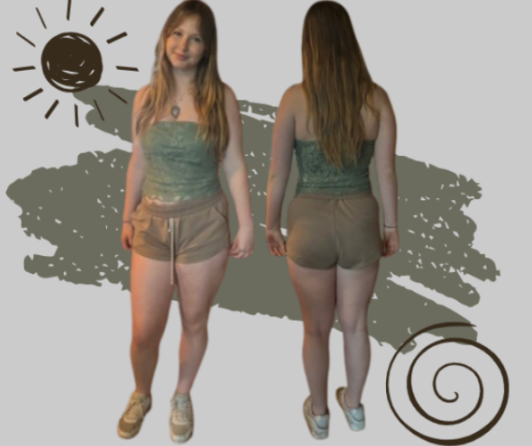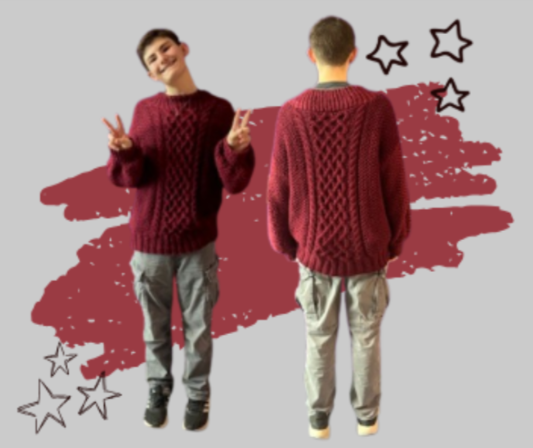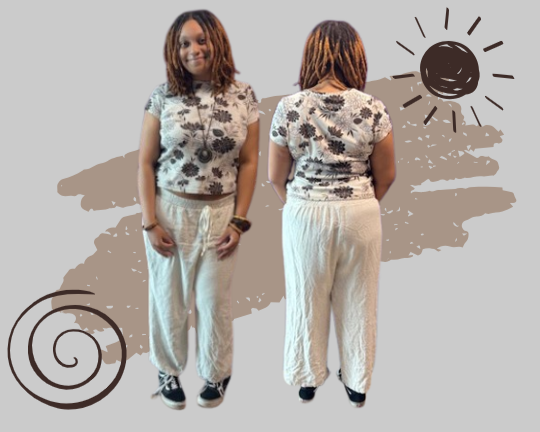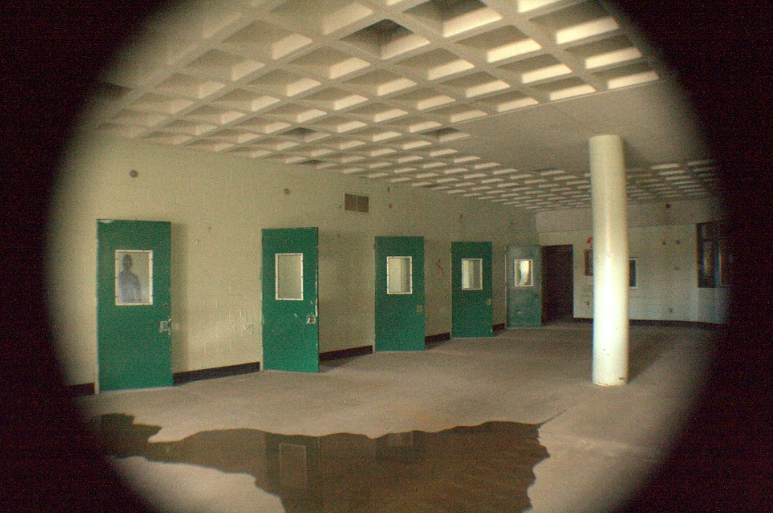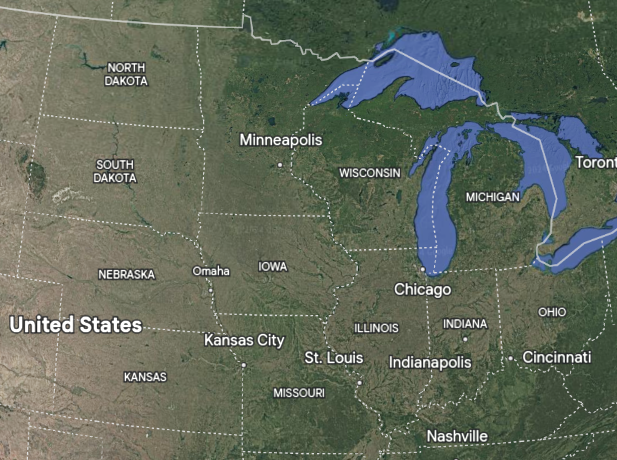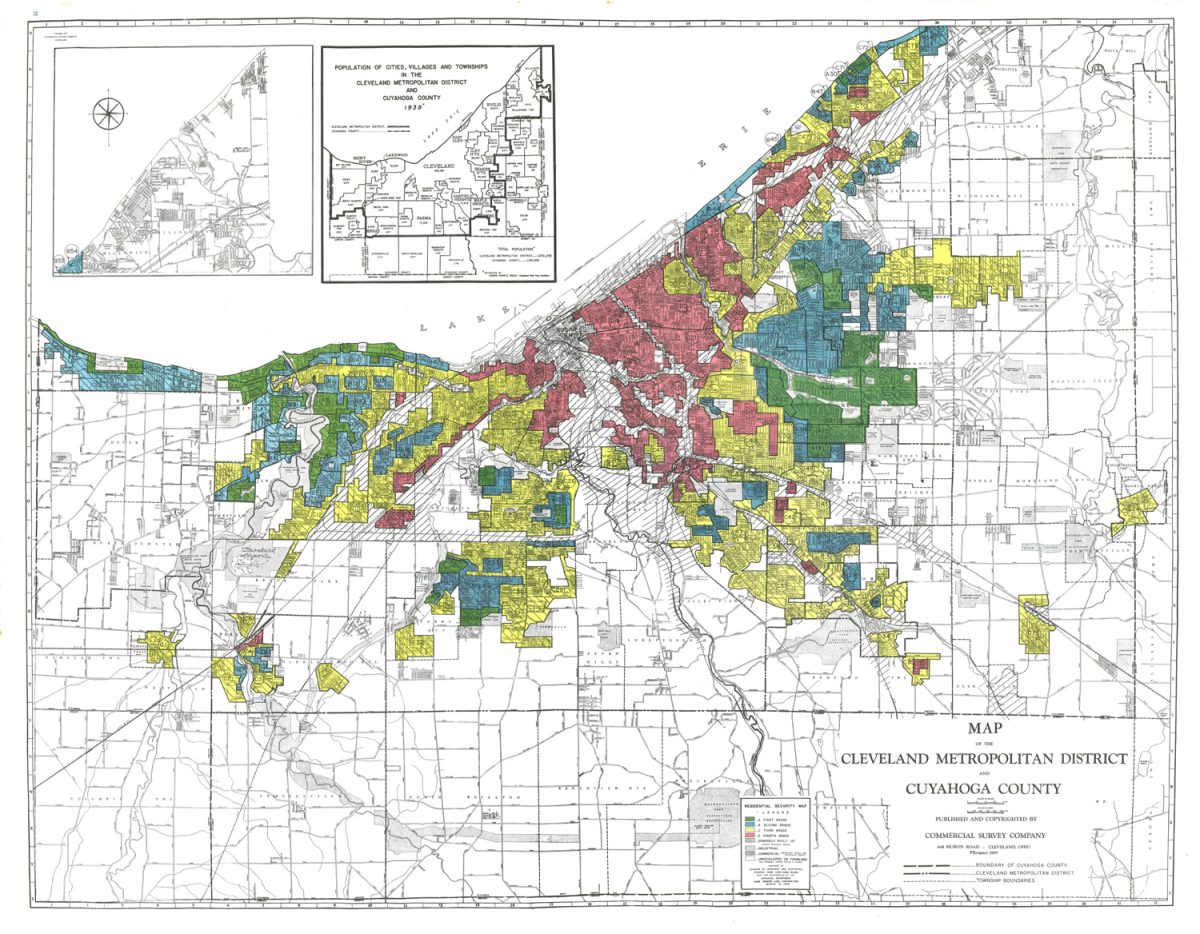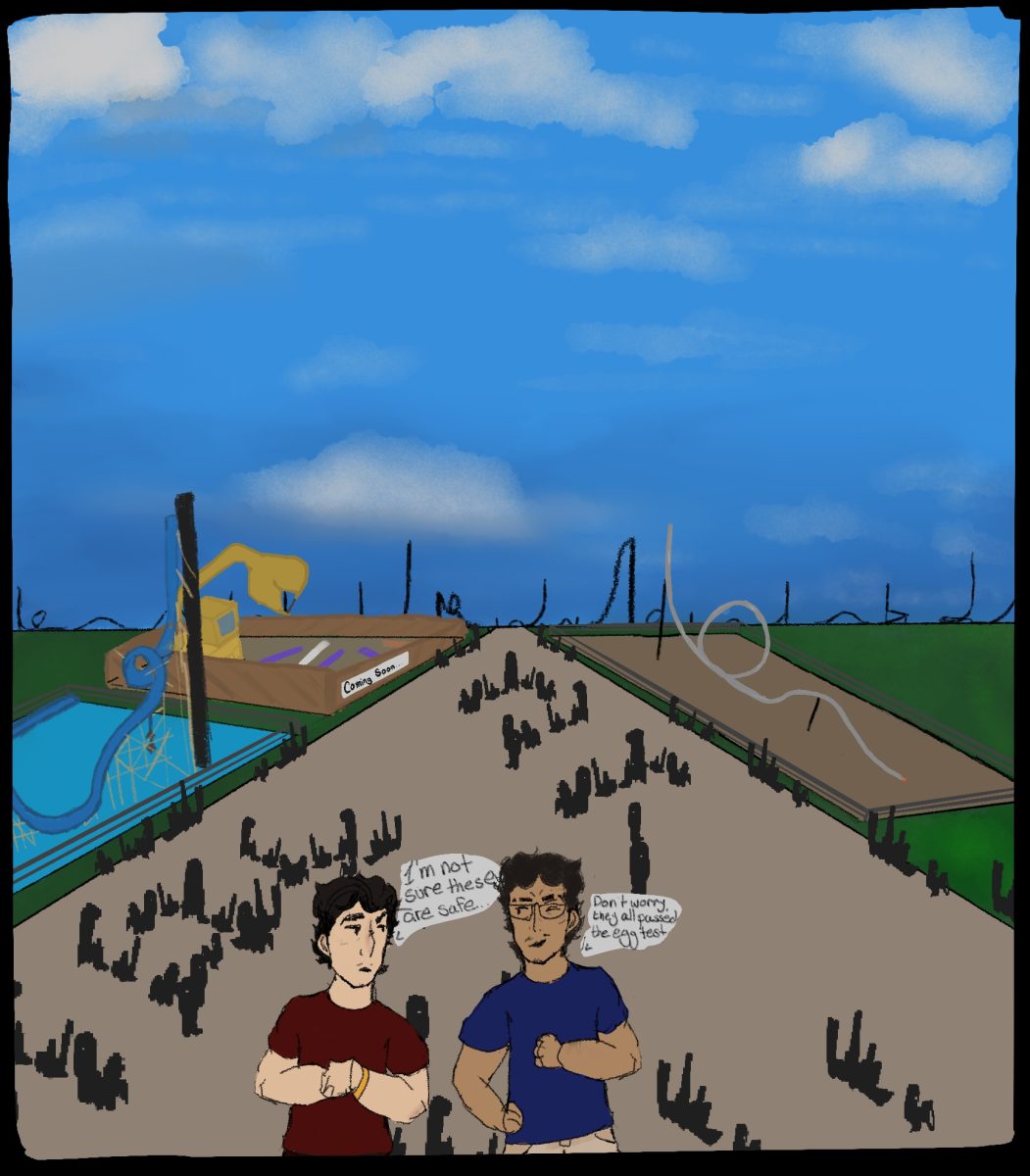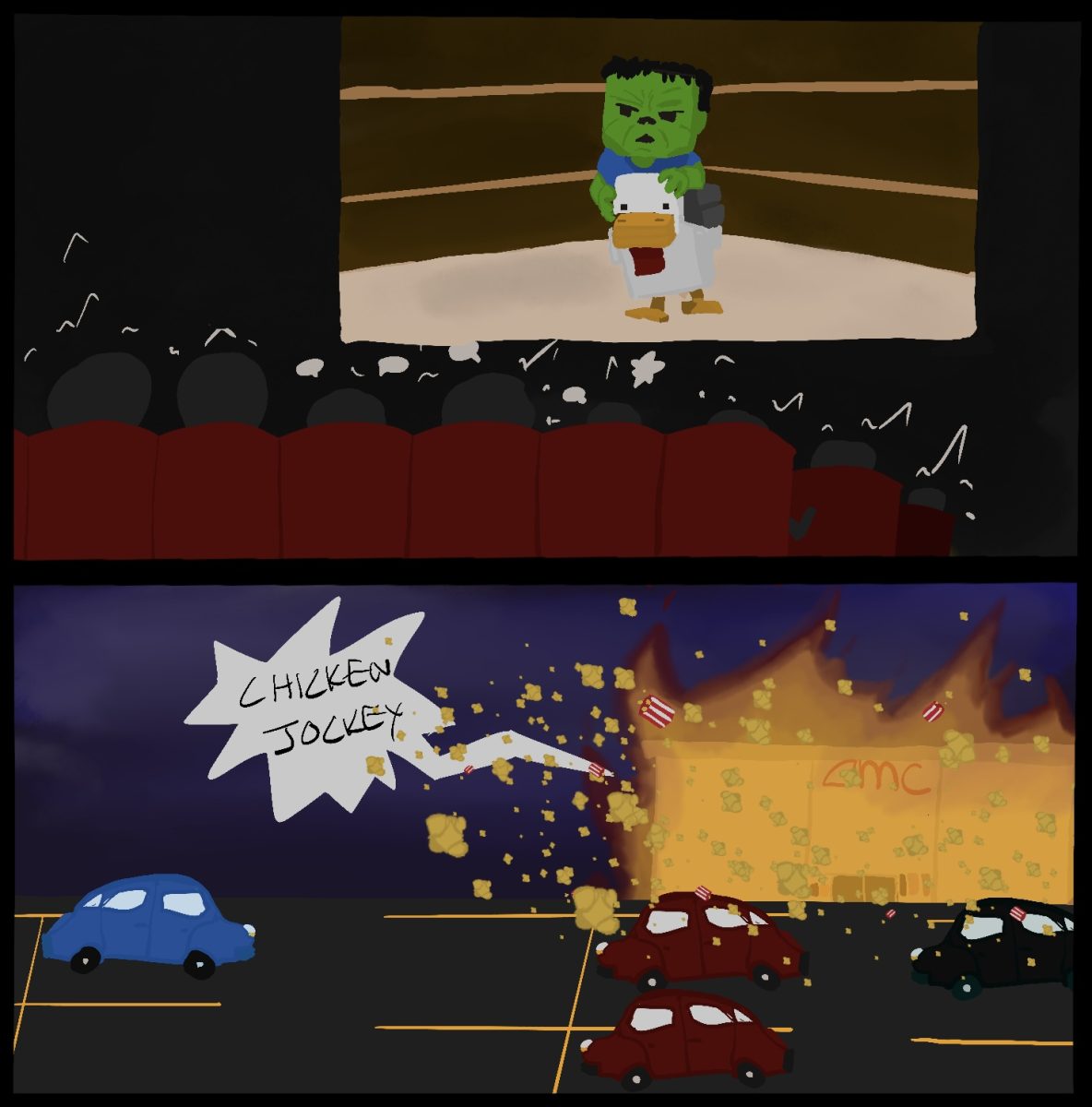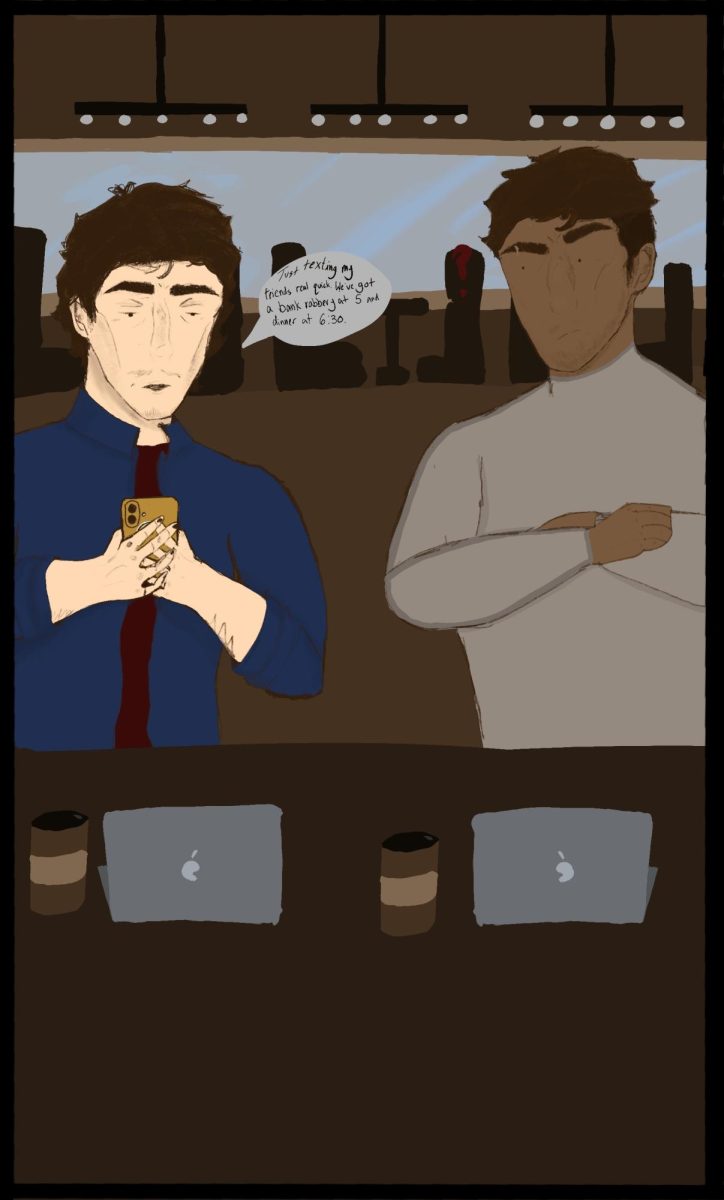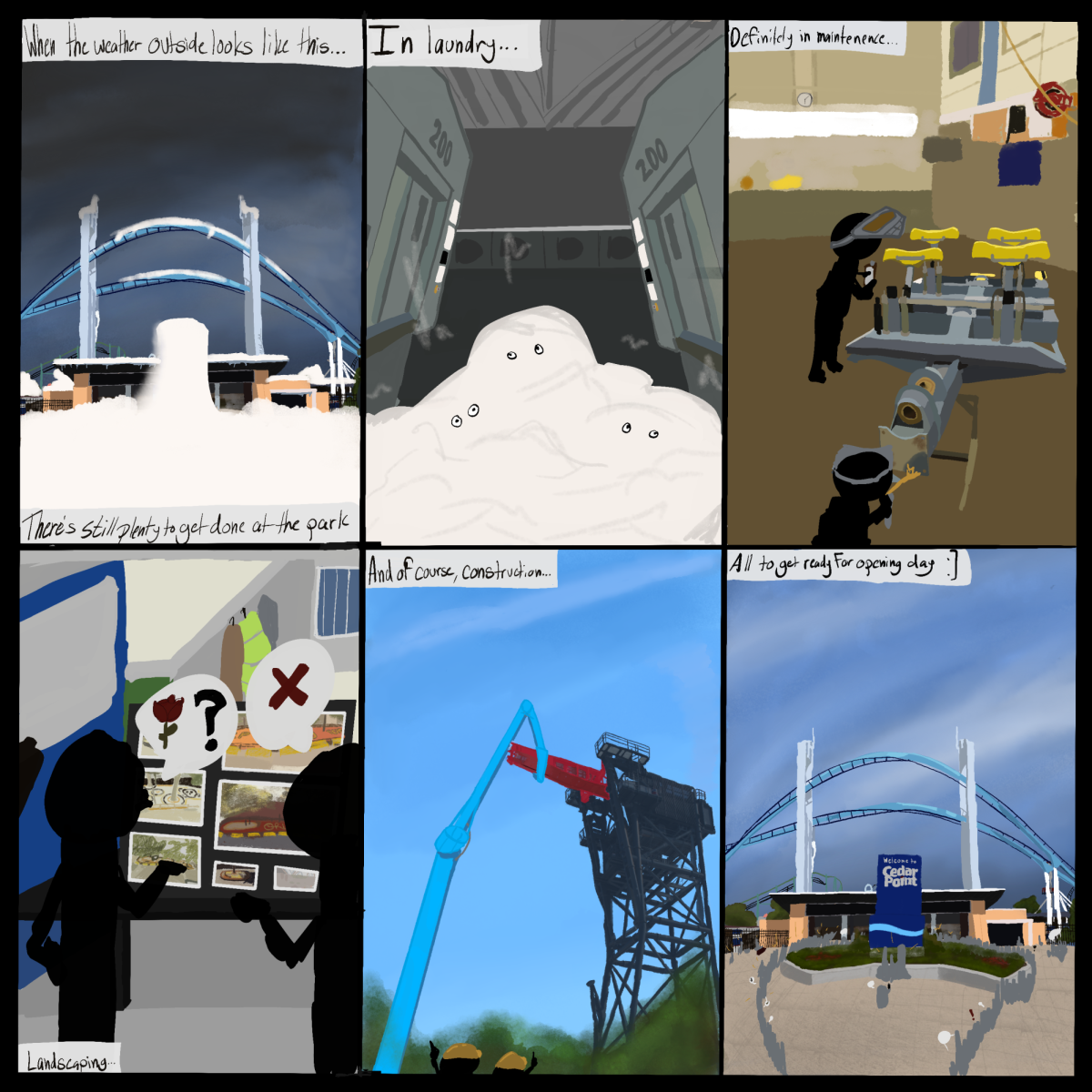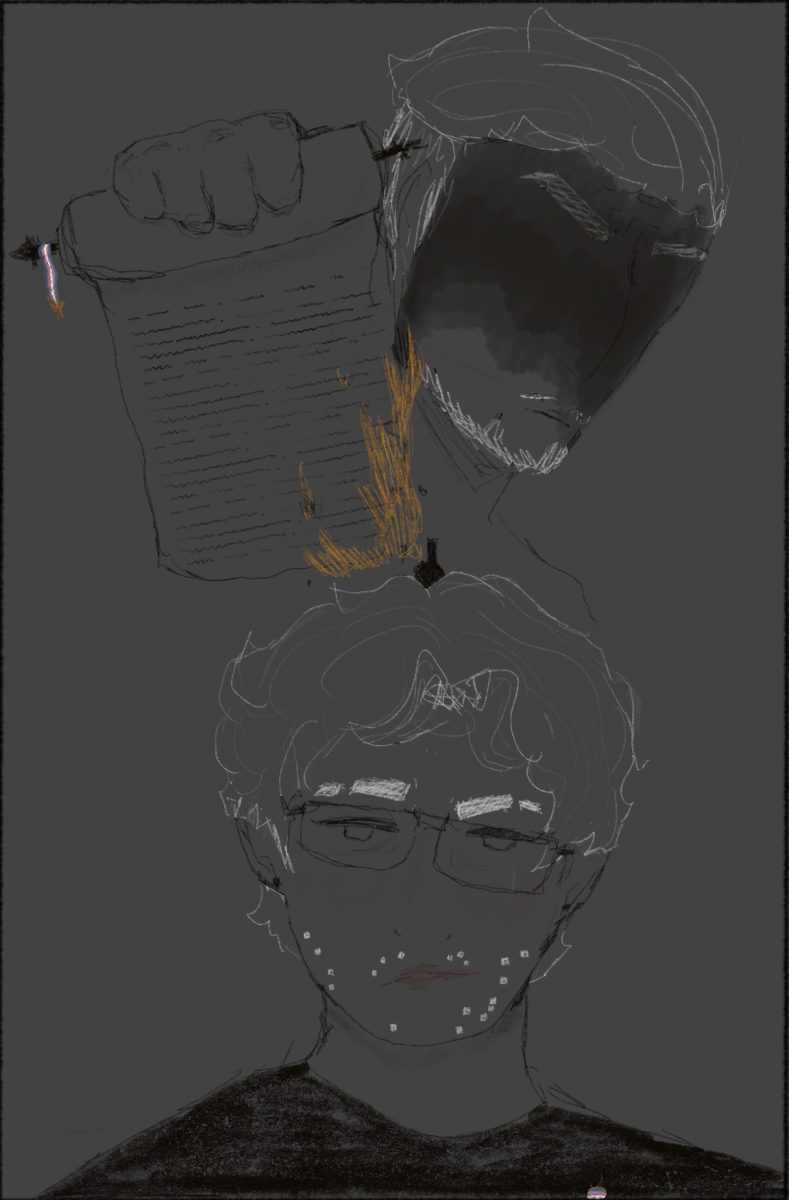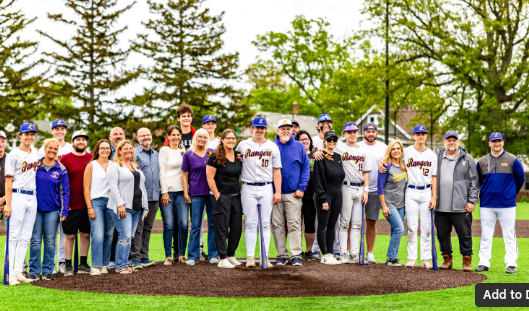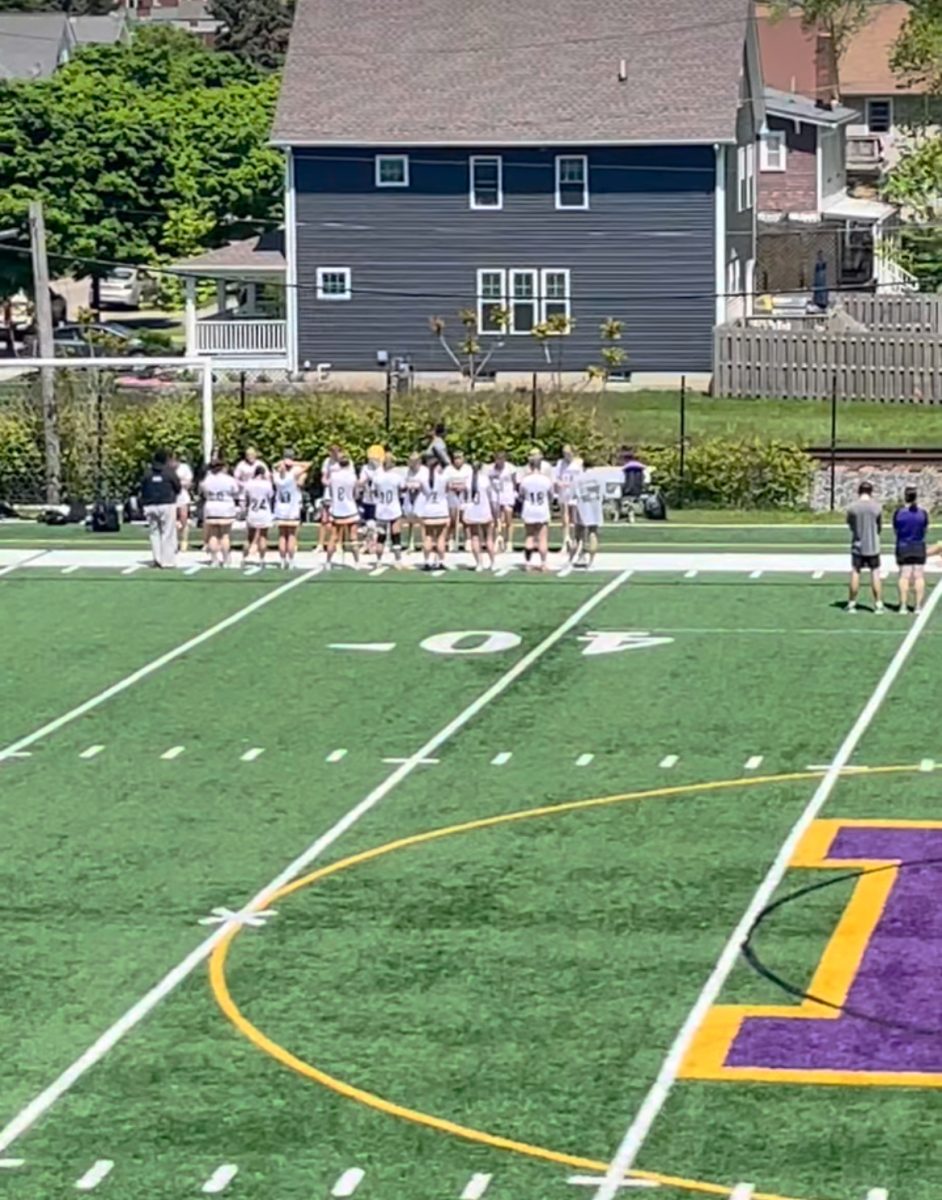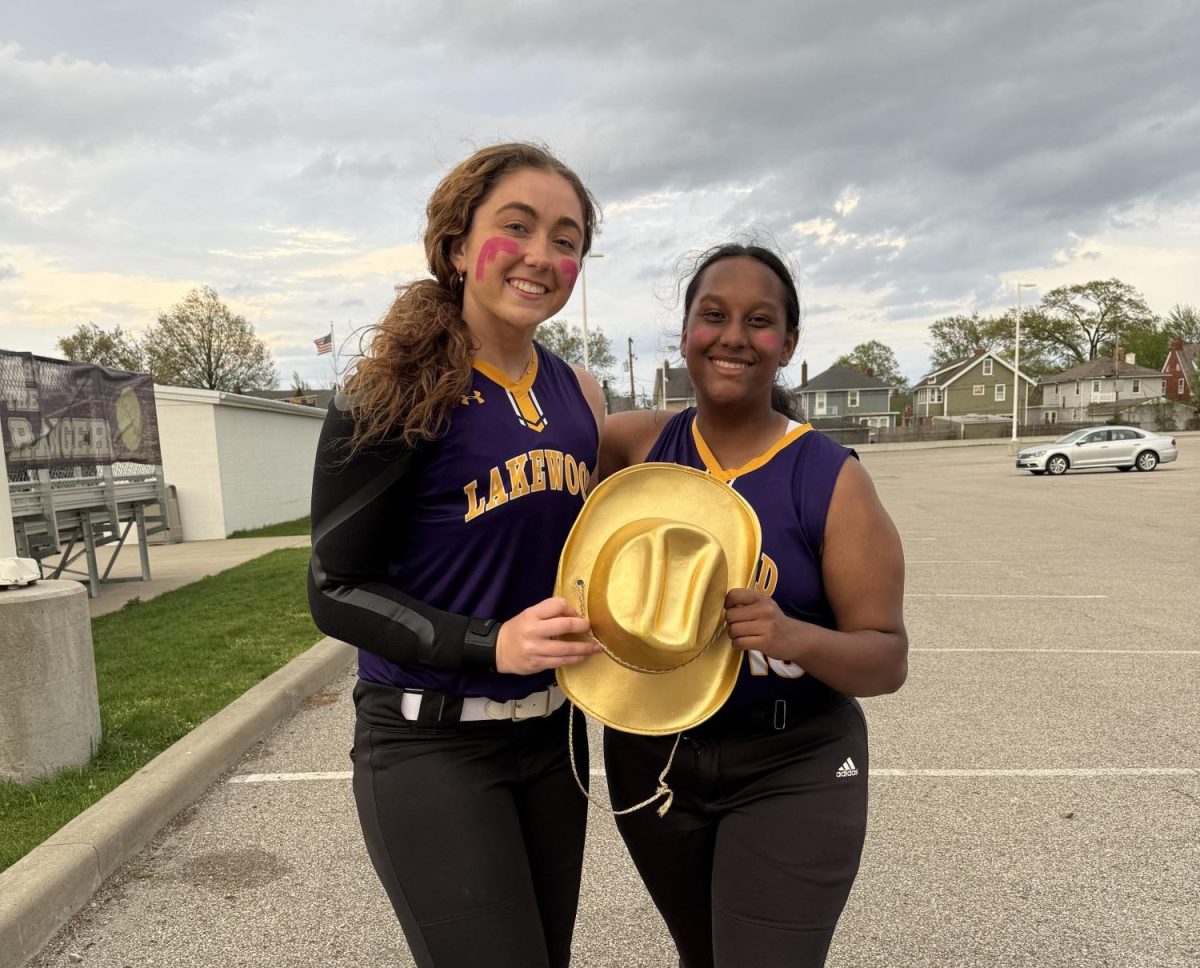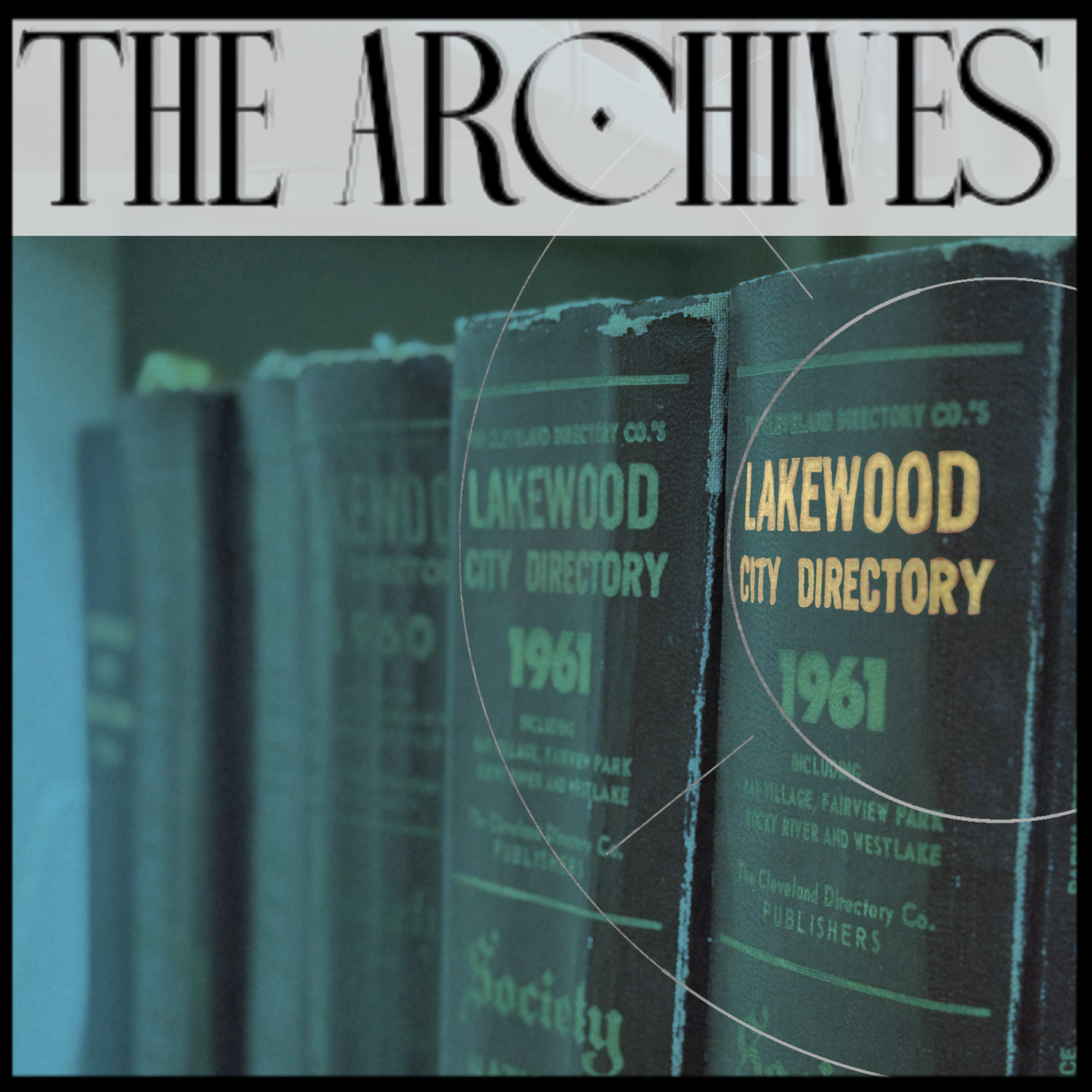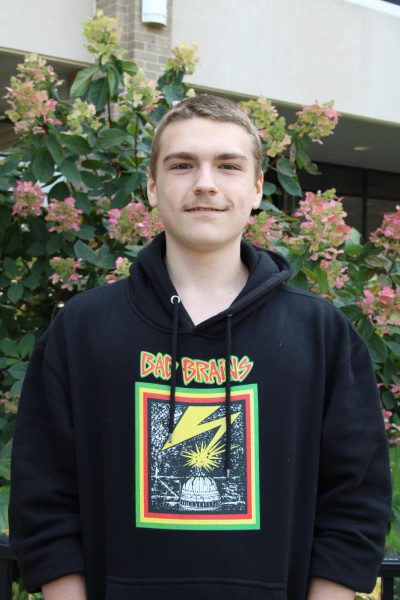These days, there’s a class or seminar for just about any topic or skill. These classes are often the best option for learning something new, as an expert typically teaches them. A class setting also allows you to collaborate with other students and learn from one another. Despite the upsides of taking a class with a teacher, they almost always cost money, and many things are easy enough to figure out on your own.
The ability to teach yourself and solve problems with what you have is incredibly useful and beneficial for both mind and body. The basis of teaching yourself something is persistence and consistency, while the rest depends on you and what you are trying to learn. Another powerful tool is observing and interacting with others who may better understand the skill or concept you’re trying to learn.

To demonstrate and explain my self-teaching process, I decided to learn how to rock climb. From Oct. 27 to Nov. 5, I planned to climb as much as I had the time and strength for. Before this project, I had basic climbing skills from climbing things like trees and walls, along with adequate strength and endurance.
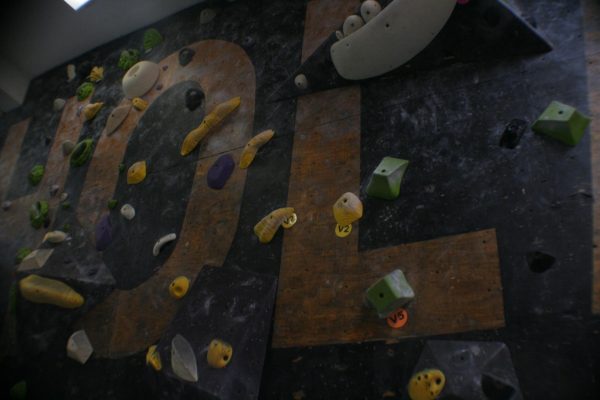
I started my endeavor on Oct. 28 by asking a friend, Griffin Thompson, about the local rock climbing gym he goes to. Fortunately, his membership could get me a week-long pass to the gym, and we went on Oct. 29. Before going, I thought about what muscles would be used and how sore they might be post-climb. Once we arrived, I wasn’t sure what to do except get my trial started and start climbing. Griffin showed me how the routes worked and explained the VB-V9+ difficulty scale. I also had to get comfortable in the climbing shoes, which initially felt very odd. Understanding the routes was strange due to the number of holds and colors, but I soon adapted and started climbing.
I began with a few easier VB-V2 climbs. These were simpler, with larger areas to grab and less directionality. After warming up and getting accustomed to the environment, I tried the V3s, which were noticeably different from the previous climbs. These relied more on my footing and had fewer pocket holds, which ultimately exhausted my grip strength. Sometimes, the pocket-less holds were on an angle, which added to the challenge. After several attempts on one of these climbs, my friend completed it, and I observed how he angled his body to match the hold, making it easier to grip. My favorite climb was a V3, where I had to jump to the following holds. This one took about ten tries before I finally landed the jumps and finished the route.
After my first climb, two of my fingers were ripped open, and my forearms and chest were sore. Unfortunately, I couldn’t use any of the remaining days on my pass due to work, school, and other activities, but that day of learning proved valuable.
On the night of Nov. 5, I found a tree that looked like an exciting climb, so I decided to try scaling it. At first, I couldn’t get up, so I switched tactics. I wrapped my legs around the trunk, pushing myself up while using a young branch to pull up with one arm. As I climbed higher, I found a perfect hold, but I needed to rotate around the tree to move away from the small branch that had helped me up but now blocked the way. To do so, I swung around the side of the tree to reach another, higher-up hold.

This hold protruded much less than the other, so I needed to angle my body to stay locked. To get myself further up, I got one arm into the branches of the tree and did a movement reminiscent of a dip to get further up. I used the small branch to plant my foot so I could get a better grasp of the tree. To continue my ascent, I used footholds to push while I pulled myself up using the branches.
I’d rate the tree a V3.
Climbing turned out to be one of the best activities I could have used to demonstrate my self-teaching process. The base of climbing is your strength, which you gain by consistent, persistent training. While the rest is all about your technique, which is developed through that same persistence and consistency. Overall, teaching yourself requires three things: you, willpower, and something to learn.


